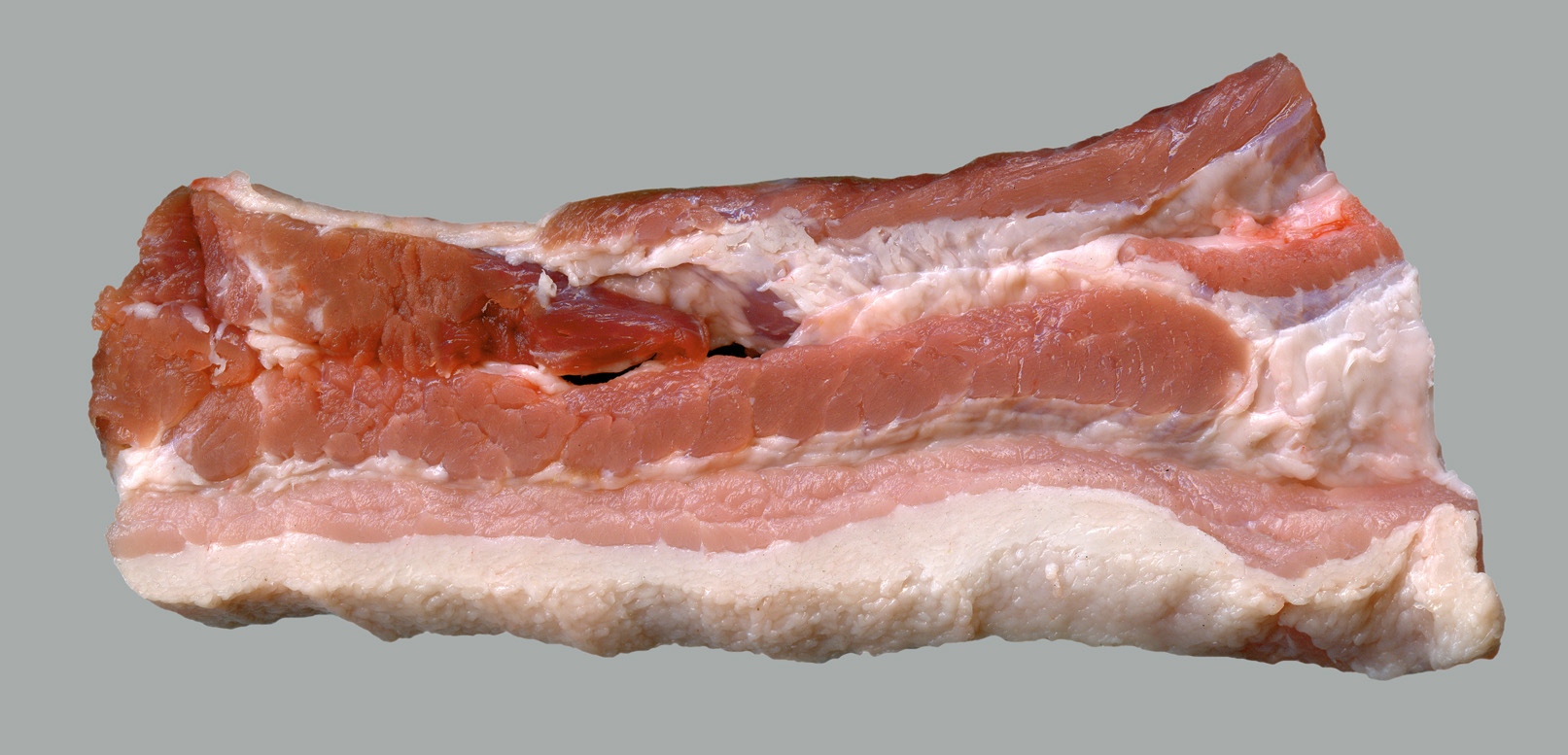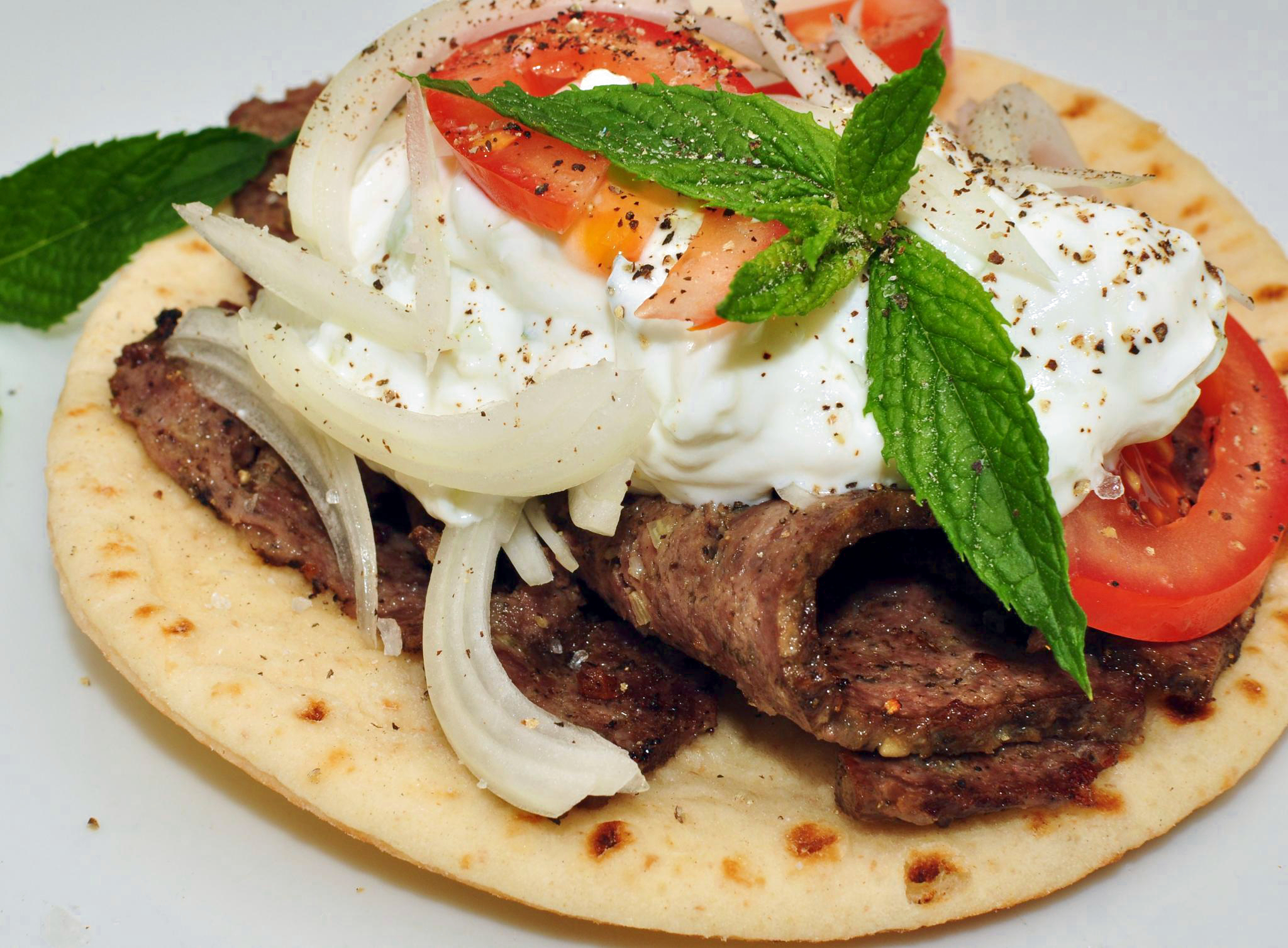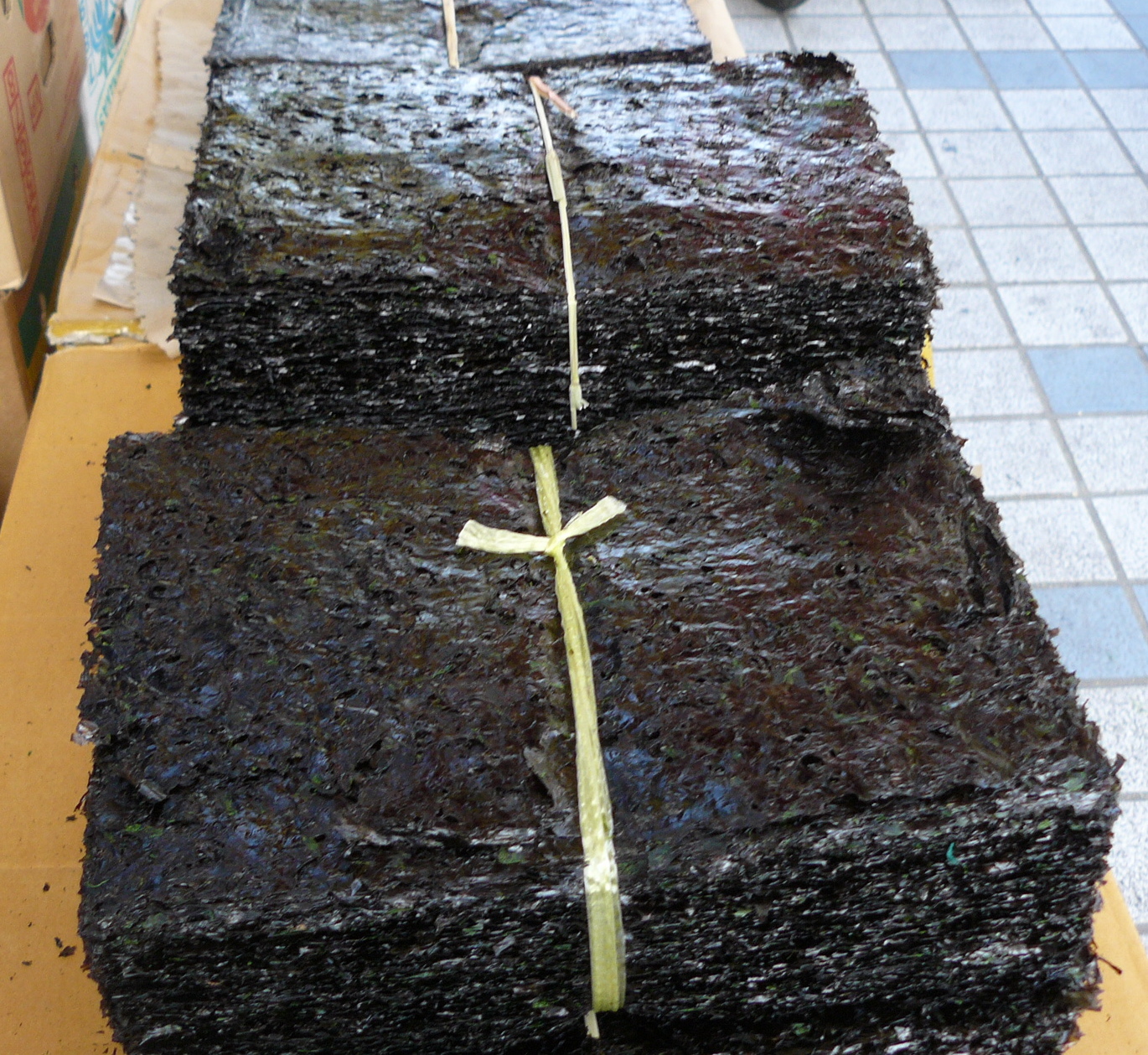|
Kimchi Fried Rice
Kimchi fried rice * or ''kimchi-bokkeum-bap'' () is a variety of ''bokkeum-bap'' ("fried rice"), a popular dish in South Korea. ''Kimchi fried rice'' is made primarily with kimchi and rice, along with other available ingredients, such as diced vegetables or meats like Spam. Ingredients Leftover chilled rice and over-ripened kimchi are usually preferred in preparing kimchi fried rice Over-ripened kimchi can also be used for cooking ''kimchi jjigae''. as they can produce a richer flavor and texture as opposed to freshly-made kimchi and rice. In preliminary preparation, surplus ''"kimchiso"'' (), kimchi filling, mostly shredded radish, green onions and jeotgal (fermented and salted seafood), are taken out from the kimchi. The kimchi is then squeezed to discard its brine. Without completing the process, the resultant dish can be mushy in texture. Along with kimchi and rice, kimchi fried rice can contain many kinds of ingredients. Pork or spam are the most common; however, beef, c ... [...More Info...] [...Related Items...] OR: [Wikipedia] [Google] [Baidu] |
Korean Peninsula
Korea is a peninsular region in East Asia consisting of the Korean Peninsula, Jeju Island, and smaller islands. Since the end of World War II in 1945, it has been politically divided at or near the 38th parallel between North Korea (Democratic People's Republic of Korea; DPRK) and South Korea (Republic of Korea; ROK). Both countries proclaimed independence in 1948, and the two countries fought the Korean War from 1950 to 1953. The region is bordered by China to the north and Russia to the northeast, across the Amnok (Yalu) and Duman (Tumen) rivers, and is separated from Japan to the southeast by the Korea Strait. Known human habitation of the Korean peninsula dates to 40,000 BC. The kingdom of Gojoseon, which according to tradition was founded in 2333 BC, fell to the Han dynasty in 108 BC. It was followed by the Three Kingdoms period, in which Korea was divided into Goguryeo, Baekje, and Silla. In 668 AD, Silla conquered Baekje and Goguryeo with the aid of the Tang dy ... [...More Info...] [...Related Items...] OR: [Wikipedia] [Google] [Baidu] |
Bacon
Bacon is a type of Curing (food preservation), salt-cured pork made from various cuts of meat, cuts, typically the pork belly, belly or less fatty parts of the back. It is eaten as a side dish (particularly in breakfasts), used as a central ingredient (e.g., the BLT, BLT sandwich), or as a flavouring or accent. Regular bacon consumption is associated with increased mortality and other health concerns. Bacon is also used for #Bacon fat, barding and larding roasts, especially game, including venison and pheasant, and may also be used to insulate or flavour roast joints by being layered onto the meat. The word is derived from the Proto-Germanic , meaning . Meat from other animals, such as beef, Lamb and mutton, lamb, chicken (food), chicken, goat meat, goat, or turkey meat, turkey, may also be cut, cured, or otherwise prepared to resemble bacon, and may even be referred to as, for example, "turkey bacon". Such use is common in areas with significant Kashrut, Jewish and Islamic ... [...More Info...] [...Related Items...] OR: [Wikipedia] [Google] [Baidu] |
Bunsik
In Korean cuisine, ''bunsik'' () are inexpensive dishes available at ''bunsikjeom'' () or ''bunsikjip'' () snack restaurants. ''Bunsik'' literally means "food made from flour," referring to dishes such as ''ramyeon'' (; noodle soup) and bread, but modern bunsik restaurants serve other dishes in large portions at low prices, such as ''gimbap'', ''tteokbokki'', ''rabokki'' (''tteokbokki'' with ''ramyeon''), ''sundae'', '' eomuk'', and '' twigim''. One ''bunsikjip'' chain is called "Gimbap Cheonguk". History During the 1960s, rice Rice is a cereal grain and in its Domestication, domesticated form is the staple food of over half of the world's population, particularly in Asia and Africa. Rice is the seed of the grass species ''Oryza sativa'' (Asian rice)—or, much l ... was scarce in South Korea, and the government was prompted to promote ''bunsik'' as an alternative. [...More Info...] [...Related Items...] OR: [Wikipedia] [Google] [Baidu] |
Garnish (food)
A garnish is an item or substance used as a decoration or embellishment accompanying a prepared food dish or drink. In many cases, it may give added or contrasting flavor. Some garnishes are selected mainly to augment the visual impact of the plate, while others are selected specifically for the flavor they may impart. This is in contrast to a condiment, a prepared sauce added to another food item primarily for its flavor. A food item which is served with garnish may be described as being garni, the French term for "garnished." The difference between garnish and decoration, is garnish is edible. For example, plastic grass for sushi presentation is considered a decoration, not a garnish. Overview A garnish makes food or drink items more visually appealing. They may, for example, enhance their color, such as when paprika is sprinkled on a salmon salad. They may provide a color contrast, for example when chives are sprinkled on potatoes. They may make a cocktail more visually ... [...More Info...] [...Related Items...] OR: [Wikipedia] [Google] [Baidu] |
Sesame
Sesame (; ''Sesamum indicum'') is a plant in the genus '' Sesamum'', also called benne. Numerous wild relatives occur in Africa and a smaller number in India. It is widely naturalized in tropical regions around the world and is cultivated for its edible seeds, which grow in pods. World production in 2018 was , with Sudan, Myanmar, and India as the largest producers. Sesame seed is one of the oldest oilseed crops known, domesticated well over 3,000 years ago. ''Sesamum'' has many other species, most being wild and native to sub-Saharan Africa. ''S. indicum,'' the cultivated type, originated in India. It tolerates drought conditions well, growing where other crops fail. Sesame has one of the highest oil contents of any seed. With a rich, nutty flavor, it is a common ingredient in cuisines around the world. Like other foods, it can trigger allergic reactions in some people and is one of the nine most common allergens outlined by the Food and Drug Administration. Etymology Th ... [...More Info...] [...Related Items...] OR: [Wikipedia] [Google] [Baidu] |
Gim (food)
''Gim'' (), also romanized as ''kim'', is a generic term for a group of edible seaweeds dried to be used as an ingredient in Korean cuisine, consisting of various species in the genera ''Pyropia'' and ''Porphyra'', including ''Pyropia tenera, P. tenera'', ''P. yezoensis'', ''P. suborbiculata'', ''P. pseudolinearis'', ''P. dentata'', and ''P. seriata''. Along with ''miyeok'' and Saccharina japonica, sweet kelp, gim is one of the most widely cultivated and consumed types of seaweed in Korea. The dried sheets of ''gim'' are often rolled to wrap and be eaten with rice. ''Gimbap'' is a dish in which ''gim'' is not only rolled with rice, but also meat, fish, or vegetables. ''Gim'' also can be eaten without rice by roasting with sesame oil or frying and cutting it to make side dishes (''banchan'') such as ''bugak''. Gim is largely similar to the Japanese ''nori'', which also covers the genus ''Pyropia''. Gim, however, is different from nori in that it is seasoned with sesame oil and sa ... [...More Info...] [...Related Items...] OR: [Wikipedia] [Google] [Baidu] |
Capsicum
''Capsicum'' () is a genus of flowering plants in the Solanum, nightshade family Solanaceae, native to the Americas, cultivated worldwide for their edible fruit, which are generally known as "peppers" or "capsicum". Chili peppers grow on five species of ''Capsicum''. Bell peppers, Sweet or bell peppers and some chili peppers are ''Capsicum annuum'', making it the most cultivated species in the genus. History ''Capsicum'' is native to South America and Central America. These plants have been evolving for 17 million years. It was domesticated and Mesoamerican agriculture, cultivated at least since 3000 BC, as evidenced by remains of chili peppers found in pottery from Puebla and Oaxaca. Etymology and names The generic name may come from Latin , meaning 'box', presumably alluding to the pods; or possibly from the Greek language, Greek word , , 'to gulp'. The name ''pepper'' comes from the similarity of piquance (spiciness or "heat") of the flavor to that of black pepper, ''Piper ( ... [...More Info...] [...Related Items...] OR: [Wikipedia] [Google] [Baidu] |
Garlic
Garlic (''Allium sativum'') is a species of bulbous flowering plants in the genus '' Allium''. Its close relatives include the onion, shallot, leek, chives, Welsh onion, and Chinese onion. Garlic is native to central and south Asia, stretching from the Black Sea through the southern Caucasus, northeastern Iran, and the Hindu Kush; it also grows wild in parts of Mediterranean Europe. There are two subspecies and hundreds of varieties of garlic. Garlic has been used for thousands of years as a seasoning, culinary ingredient, traditional medical remedy; it was known in many ancient civilizations, including the Babylonians, Egyptians, Romans, and Chinese, and remains significant in many cuisines and folk treatments, especially across the Mediterranean and Asia. Garlic propagates in a variety of climates and conditions and is produced globally; China is by far the largest producer, accounting for over two thirds (73%) of the world's supply in 2021. Description Garli ... [...More Info...] [...Related Items...] OR: [Wikipedia] [Google] [Baidu] |
Zucchini
Zucchini (; : ''zucchini'' or ''zucchinis''), courgette () or ''Cucurbita pepo'' is a summer squash, a Vine, vining herbaceous plant whose fruit are harvested when their immature seeds and Fruit anatomy#Epicarp, epicarp (rind) are still soft and edible. It is closely related, but not identical, to the Marrow (vegetable), marrow; its fruit may be called ''marrow'' when mature. Ordinary zucchini fruit are any shade of green, though the golden zucchini is a deep yellow or orange. At maturity, they can grow to nearly in length, but they are normally harvested at about . In botany, the zucchini's fruit is a Berry (botany)#Modified berries, pepo, a Berry (botany), berry (the swollen ovary (botany), ovary of the squash blossom, zucchini flower) with a hardened epicarp. In cookery, it is treated as a vegetable, usually cooked and eaten as an accompaniment or savory dish, though occasionally used in sweeter cooking. Zucchini occasionally contain toxic cucurbitacins, making them extre ... [...More Info...] [...Related Items...] OR: [Wikipedia] [Google] [Baidu] |
Carrot
The carrot ('' Daucus carota'' subsp. ''sativus'') is a root vegetable, typically orange in colour, though heirloom variants including purple, black, red, white, and yellow cultivars exist, all of which are domesticated forms of the wild carrot, ''Daucus carota'', native to Europe and Southwestern Asia. The plant probably originated in Iran and was originally cultivated for its leaves and seeds. The carrot is a biennial plant in the umbellifer family, Apiaceae. World production of carrots (combined with turnips) for 2022 was 42 million tonnes, led by China producing 44% of the total. The characteristic orange colour is from beta-carotene, making carrots a rich source of vitamin A. A myth that carrots help people to see in the dark was spread as propaganda in the Second World War, to account for the ability of British pilots to fight in the dark; the real explanation was the introduction of radar. Etymology The word is first recorded in English around 1530 and w ... [...More Info...] [...Related Items...] OR: [Wikipedia] [Google] [Baidu] |
Onion
An onion (''Allium cepa'' , from Latin ), also known as the bulb onion or common onion, is a vegetable that is the most widely cultivated species of the genus '' Allium''. The shallot is a botanical variety of the onion which was classified as a separate species until 2011. The onion's close relatives include garlic, scallion, leek, and chives. The genus contains several other species variously called onions and cultivated for food, such as the Japanese bunching onion '' Allium fistulosum'', the tree onion ''Allium'' × ''proliferum'', and the Canada onion '' Allium canadense''. The name '' wild onion'' is applied to a number of ''Allium'' species, but ''A. cepa'' is exclusively known from cultivation. Its ancestral wild original form is not known, although escapes from cultivation have become established in some regions. The onion is most frequently a biennial or a perennial plant, but is usually treated as an annual and harvested in its first growing season. ... [...More Info...] [...Related Items...] OR: [Wikipedia] [Google] [Baidu] |
Vegetable
Vegetables are edible parts of plants that are consumed by humans or other animals as food. This original meaning is still commonly used, and is applied to plants collectively to refer to all edible plant matter, including edible flower, flowers, fruits, edible plant stem, stems, leaf vegetable, leaves, list of root vegetables, roots, and list of edible seeds, seeds. An alternative definition is applied somewhat arbitrarily, often by culinary and cultural tradition; it may include savoury fruits such as tomatoes and courgettes, flowers such as broccoli, and seeds such as Pulse (legume), pulses, but exclude foods derived from some plants that are fruits, flowers, nut (fruit), nuts, and cereal grains. Originally, vegetables were collected from the wild by hunter-gatherers and entered cultivation in several parts of the world, probably during the period 10,000 BC to 7,000 BC, when a new History of agriculture, agricultural way of life developed. At first, plants that g ... [...More Info...] [...Related Items...] OR: [Wikipedia] [Google] [Baidu] |








